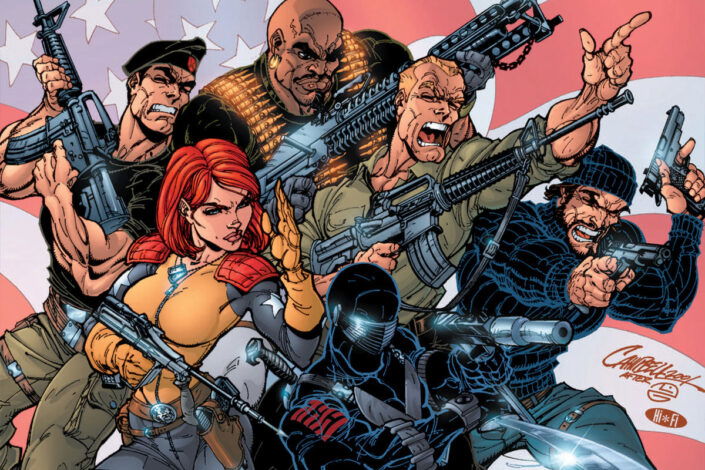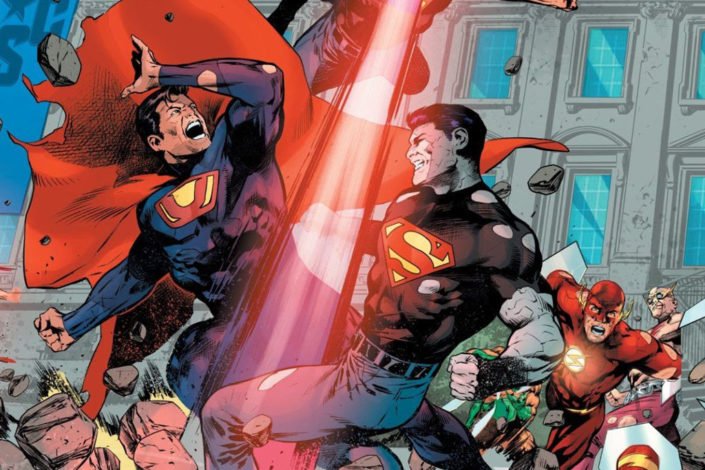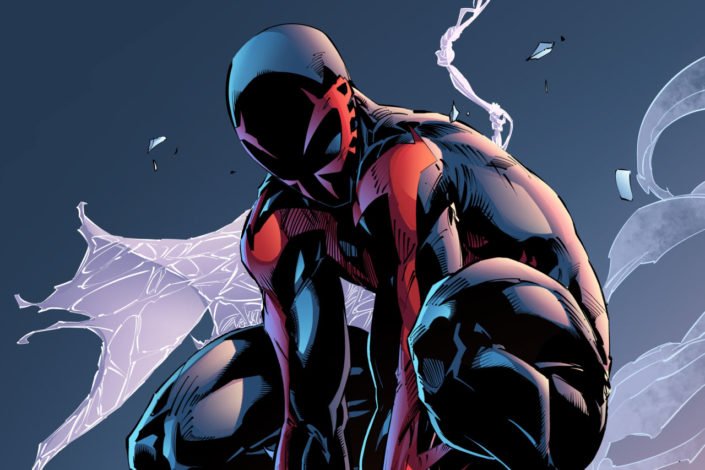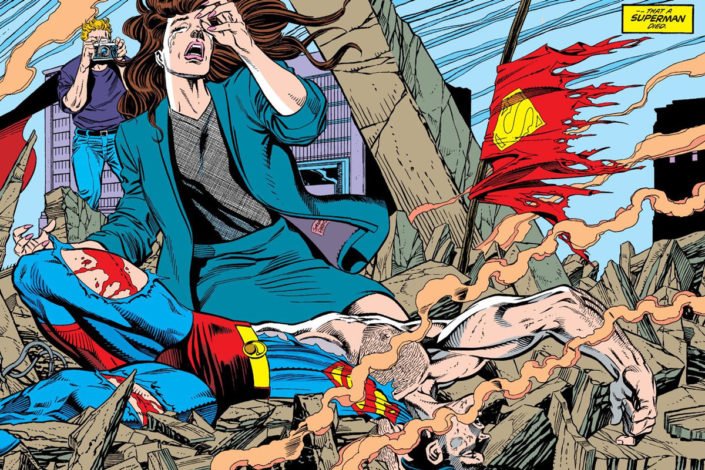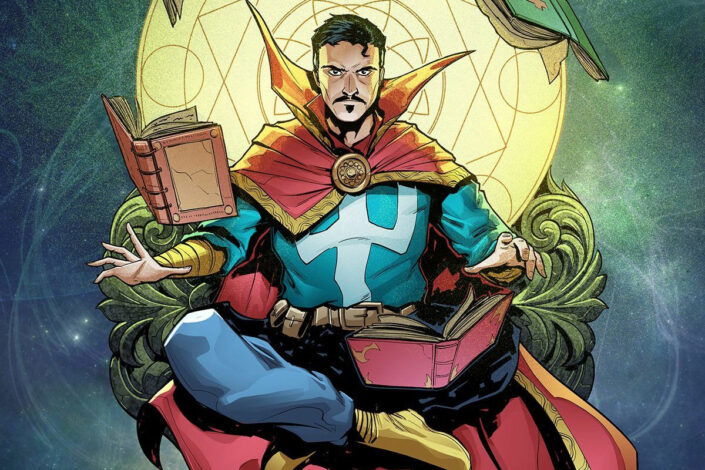Starman Reading Order, the celebrated James Robinson run
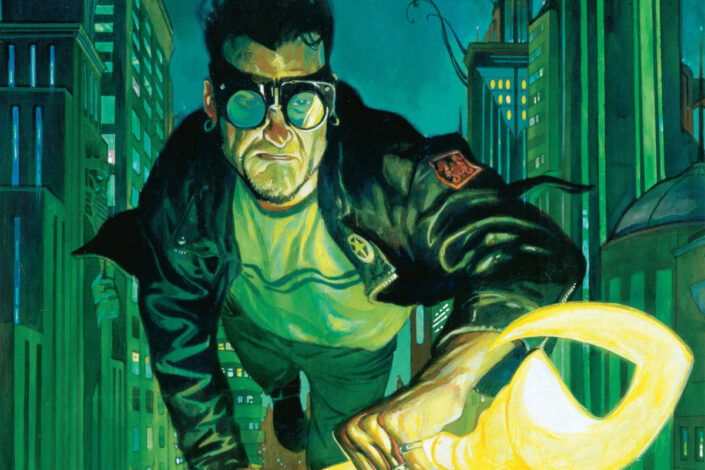
The original Starman debuted in Adventure Comics #61 (April 1941) and was created by writer Gardner Fox and artist Jack Burnley. Ted Knight, a brilliant scientist, developed the Gravity Rod—later upgraded to the Cosmic Rod—which allowed him to manipulate energy, fly, and generate force fields. As Starman, he became a key Golden Age superhero and a founding member of the Justice Society of America.
Decades later, in 1994, DC Comics introduced a new take on the Starman legacy with the Starman series, written by British writer James Robinson and illustrated by Tony Harris. The series, which ran from 1994 to 2001, focused on Jack Knight, Ted’s younger son, who reluctantly inherited the Starman mantle after his older brother, David, was murdered. Unlike traditional superheroes, Jack refused to wear a costume or conceal his identity. He was more interested in running his antique and collectibles store in Opal City than fighting crime.
The story begins when Ted Knight’s longtime enemy, The Mist, resurfaces, launching an attack that forces Jack into action. Despite his reluctance, he wields the Cosmic Rod and, over time, grows into the role of Starman, though on his own terms. The series explored themes of legacy, family, and personal growth, making it one of the most critically acclaimed superhero comics of the 1990s.
Robinson’s Starman is notable for its rich world-building, incorporating past Starmen from DC history and revamping the villain Shade, a morally complex former villain who becomes Jack’s unlikely ally. The series concluded in 2001 with Jack ultimately stepping away from superhero life—a rare instance of a major DC hero being allowed to retire voluntarily. He passed the mantle to the young Courtney Whitmore, aka Stargirl.
What to read before James Robinson’s Starman?
Before writing the ongoing Starman comics, James Robinson collaborated with Paul Smith on The Golden Age miniseries in which they revisited the Golden Age Justice Society. This comic book is part of the Elseworlds collection, but he still used elements of that story in his work. It’s not obligatory reading, but it gives a good insight into the old-school characters.
- JSA: The Golden Age
Collects The Golden Age #1–4
Read More »Starman Reading Order, the celebrated James Robinson run
